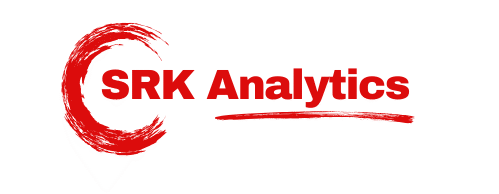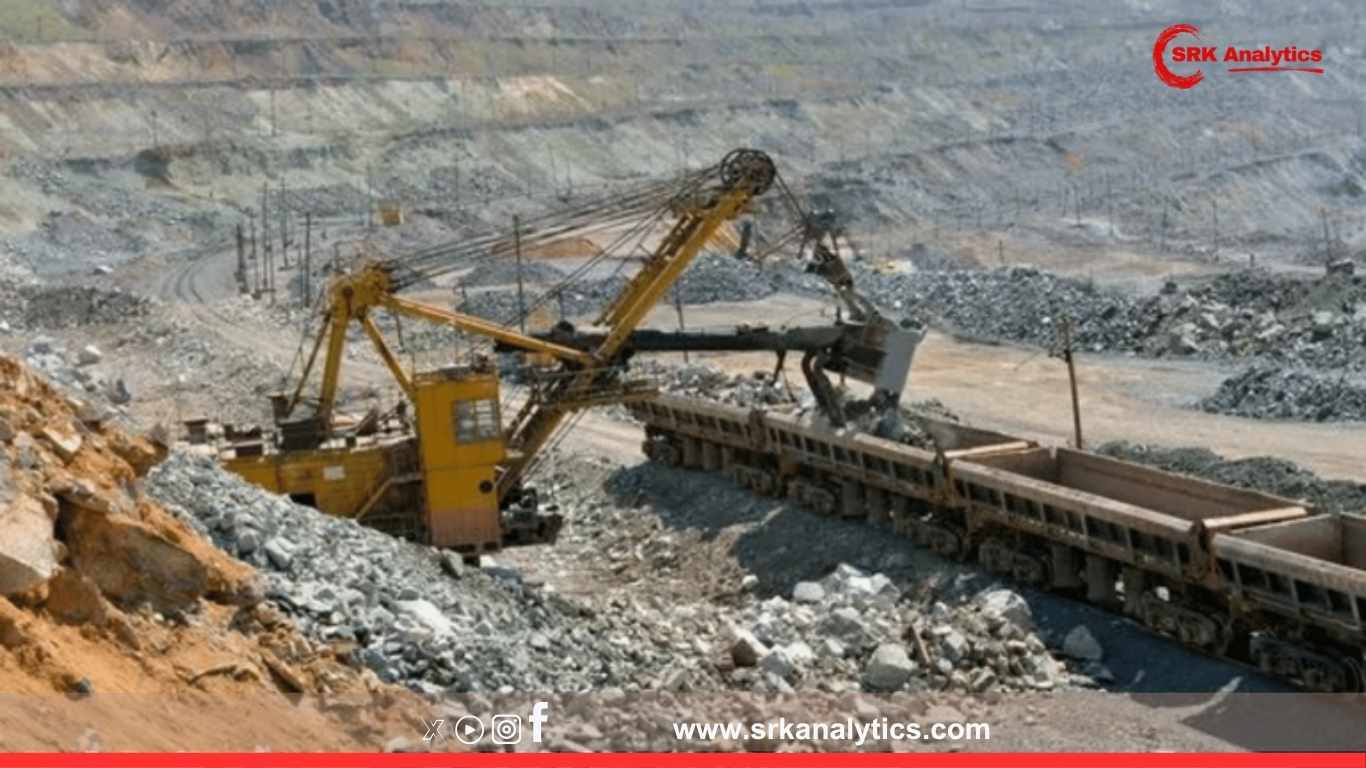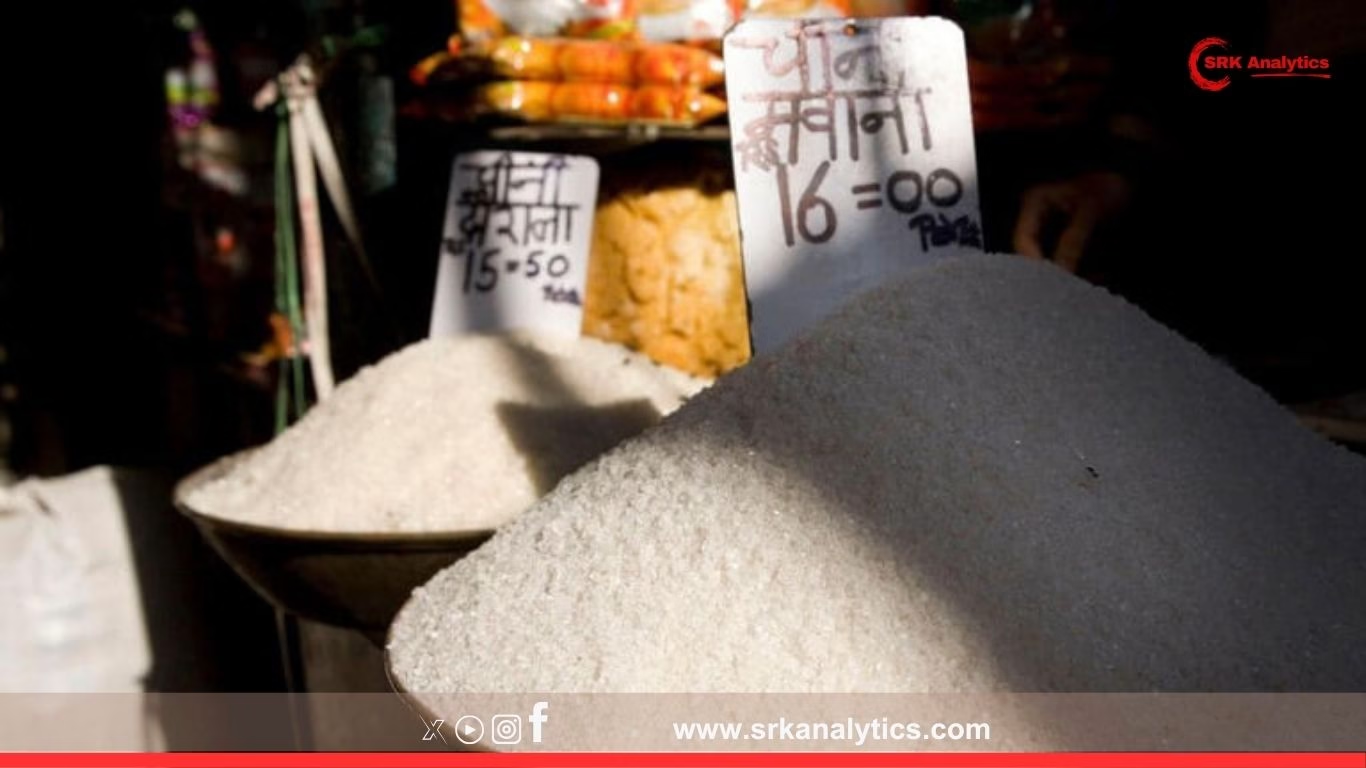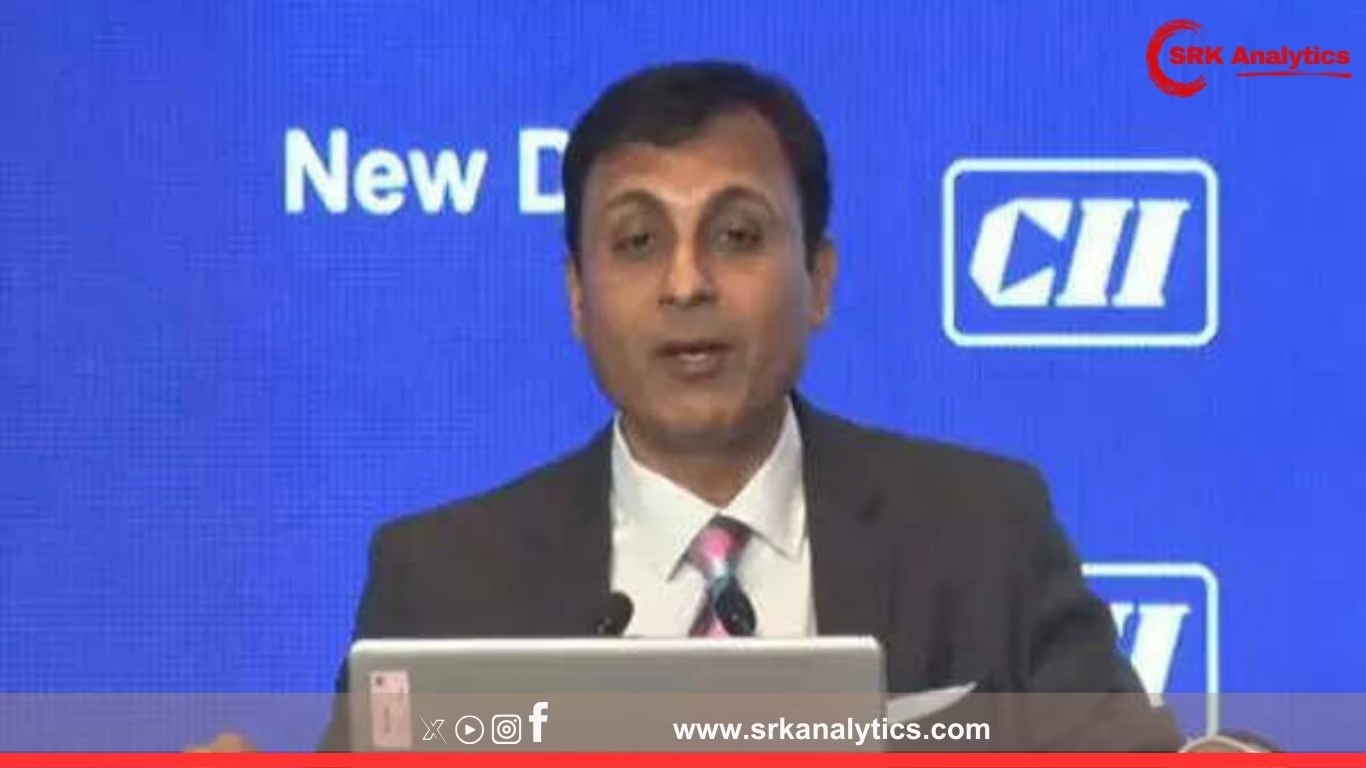India’s iron ore sector recorded a marginal increase in production to 53 million metric tonnes (MMT) during April-May 2025, according to the Ministry of Mines provisional data released this week. This marks a 2.1% year-on-year (YoY) rise compared to 51.9 MMT produced in the same period last year, indicating resilient operational performance despite challenges of global market volatility and domestic logistics constraints.
Key Production Highlights
| Month | Iron Ore Output (MMT) | YoY Change (%) |
|---|---|---|
| April 2025 | 26.3 | +1.8 |
| May 2025 | 26.7 | +2.4 |
| Total (Apr-May) | 53.0 | +2.1 |
Top Producing States Performance
| State | Production (MMT) | Share Of Total (%) | YoY Change (%) |
|---|---|---|---|
| Odisha | 26.8 | 50.6 | +2.3 |
| Chhattisgarh | 13.5 | 25.4 | +1.9 |
| Karnataka | 7.2 | 13.6 | +1.6 |
| Jharkhand | 4.0 | 7.5 | +2.0 |
| Others | 1.5 | 2.9 | Flat |
| India Total | 53.0 | 100 | +2.1 |
Odisha continues to be India’s iron ore production powerhouse, accounting for over half of the national output, driven by operational ramp-up from key miners like Odisha Mining Corporation (OMC) and Tata Steel.
Market Trends & Drivers
- Stable Domestic Steel Demand:
Domestic steel consumption grew 6.4% YoY in April-May, sustaining iron ore offtake by integrated steel producers. - Limited Export Growth:
Exports remained subdued amid weak Chinese buying due to high inventory levels and slow construction demand in China. - Auctioned Mine Ramp-ups:
Production from mines auctioned in 2020-21 is stabilising, especially in Odisha and Chhattisgarh, boosting output consistency. - Monsoon Preparedness:
Pre-monsoon evacuation strategies by miners ensured output flows remained steady despite early rain forecasts.
Iron Ore Exports: A Mixed Picture
| Destination | Exports (MMT) | YoY Change (%) |
|---|---|---|
| China | 1.8 | -5.2 |
| Japan | 0.6 | +3.1 |
| South Korea | 0.4 | +2.8 |
| Others | 0.2 | Flat |
| Total Exports (Apr-May) | 3.0 | -2.1 |
Exports during April-May declined marginally to 3.0 MMT, reflecting weak Chinese demand amid property sector challenges, despite mild gains in Japanese and Korean orders under long-term supply contracts.
Steel Sector Consumption Trends
| Steel Segment | Iron Ore Consumption (MMT) | YoY Growth (%) |
|---|---|---|
| Integrated Producers | 38.5 | +4.5 |
| Sponge Iron Units | 7.2 | +1.8 |
| Pellet Plants | 5.1 | +2.2 |
| Others | 2.2 | Flat |
| Total | 53.0 | +2.1 |
Integrated producers such as JSW Steel, Tata Steel, and SAIL remained the primary consumers, driven by rising domestic demand for construction-grade steel, auto-grade steel, and special alloys.
Government’s Policy Push
The Ministry of Mines reiterated its target to increase iron ore production to 285 MMT in FY26, aligned with the National Steel Policy 2017 vision of 300 MMT steel production capacity by 2030.
Key policy actions include:
- Auction Pipeline: Fast-tracking auctions of expiring mining leases in Jharkhand and Odisha to prevent output disruption.
- Rail Infrastructure Expansion: Dedicated freight corridors and doubling of key evacuation routes (e.g., Barbil-Paradip) to ease logistics bottlenecks.
- Sustainability Mandates: Emphasis on slurry pipeline investments and beneficiation initiatives to enhance environmental compliance and reduce transport costs.
Industry Expert Views
T V Narendran, CEO & MD, Tata Steel:
“Iron ore supply remains stable. Domestic demand is healthy, though export opportunities are limited due to global steel market uncertainties.”
Jayant Acharya, Joint MD & CEO, JSW Steel:
“Efficient evacuation and clearances for brownfield mine expansions will be critical to meet steel sector raw material needs over the next five years.”
Challenges Ahead For Iron Ore Sector
- Monsoon Impact:
Seasonal rains will disrupt mining and evacuation, especially in Odisha and Chhattisgarh, potentially constraining July-September output. - Environmental Clearances:
New greenfield and expansion projects continue to face delays in obtaining statutory clearances, impacting medium-term production growth. - Global Price Volatility:
Benchmark iron ore prices remain under pressure (hovering around $105/tonne), with Chinese construction demand recovery still uncertain.
Global Market Context
| Country | Jan-May 2025 Production (MMT) | YoY Change (%) |
|---|---|---|
| Australia | 360 | +1.5 |
| Brazil | 140 | +2.8 |
| India | 53 | +2.1 |
| Others | 115 | Flat |
India remains the world’s third-largest iron ore producer, with production significantly lower than Australia and Brazil but sufficient for its large domestic steel sector.
Outlook For FY26
Industry analysts project total iron ore output for FY26 to reach 280-285 MMT, assuming:
- Continued steel demand growth of ~6-7%
- Stable operations from auctioned mines
- Effective monsoon mitigation and evacuation planning
Conclusion
India’s marginally higher iron ore production of 53 MMT in April-May 2025 underscores its robust domestic demand and production stability despite weak global export markets. While policy support and infrastructure upgrades remain vital for sustaining growth, sector stakeholders remain optimistic that FY26 targets will be met, consolidating India’s status as a key global iron ore producer supporting its surging steel industry expansion.
Disclaimer:
This news article is based on data from the Ministry of Mines, industry reports, and analyst insights. It is intended for journalistic and informational purposes only. Readers are advised to consult official government releases and company filings for verified production figures and policy updates.











